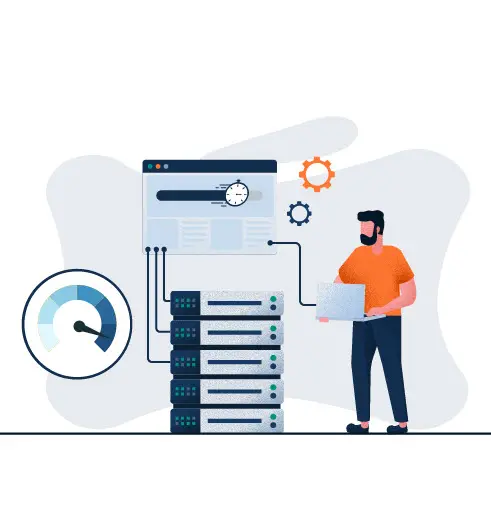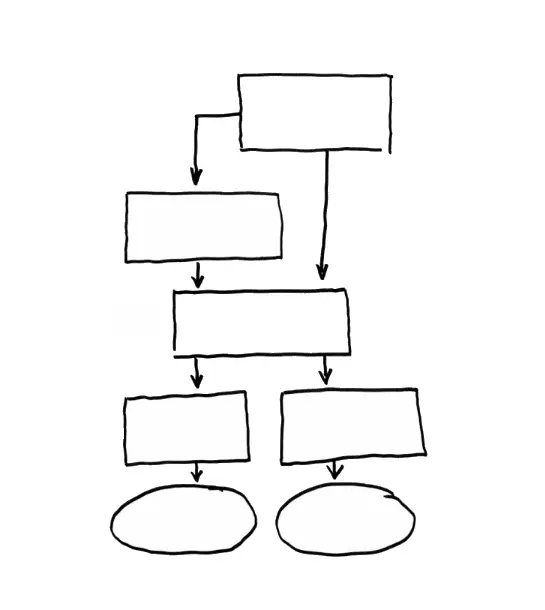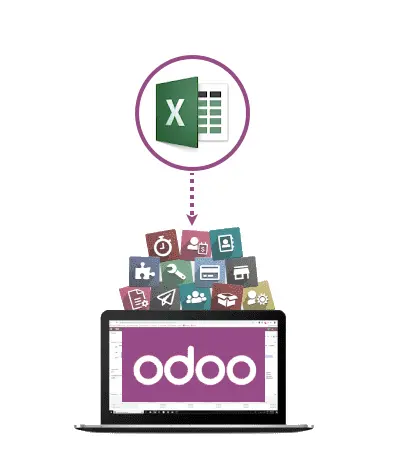Stages of implementing the Odoo ERP system

Deployment
At this stage, decisions are made:
- Which Odoo edition to install: Community or Enterprise?
- Does it need further development or not?
- Deploy the database on an Odoo server or on your own (rented) one.
According to the decisions made, the selected Odoo edition is deployed.

Modeling
Modeling of the customer's business processes using typical Odoo functionality (Enterprise or Community).
To do this, the business analyst studies the customer's business processes. If necessary, he describes them and builds process flowcharts.
Modeling allows the customer to see how well the typical Odoo functionality meets the needs of his business and helps him decide whether Odoo needs to be refined with the help of a programmer.

Settings. Entering initial data
Configuring Odoo modules, loading directories, loading initial balances.
Odoo has a very convenient mechanism for loading data from Excel files. It allows you to load all the data you need to get started.
And, if it turns out that there is no need to further develop Odoo, users can work in Odoo after this stage.

Programming
If it becomes necessary to expand Odoo's capabilities to meet business needs, programmers are brought in. At this stage, the business analyst collects the customer's requests for improvements and writes tasks for the programmer.
The programmer estimates the cost of completing the task.
The customer approves the text and evaluation of the task.
Thus, all participants in the process have a predicted result of the work and technical documentation for the project.

User training
Training includes both conducting online user training and writing instructions.
It is advisable to write instructions for complex, refined functionality, as well as for operations that are performed infrequently and/or include a complex sequence of actions.
Forms of instructions: file or electronic document, video, knowledge base in Odoo, etc.

Support
Intensive user support is usually required when starting work with Odoo. It involves operational analysis of user requests and online responses.
Further support is provided at the request of the customer or the customer's users, if questions or other requests arise.